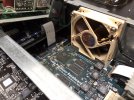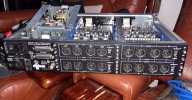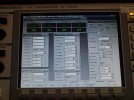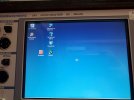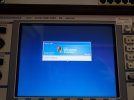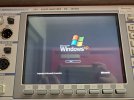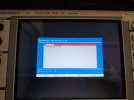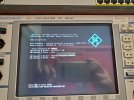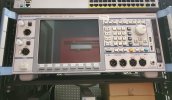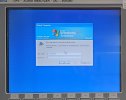Great thread. Thanks for sharing.
The blue boards are pretty, even if the fans are obnoxious.
Some places have rules like blue for production and green or red for prototypes. I used to love the different colors but now I prefer green - it just is easier on the eyes in inspection. Blue is not bad, though. White was neat for about 5 minutes until I realized that it's terrible for anything other than showing you flux residue.
